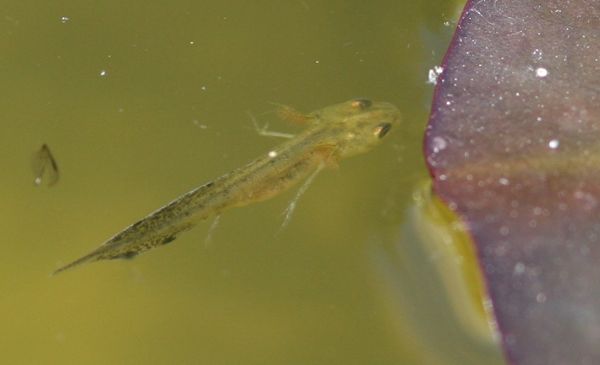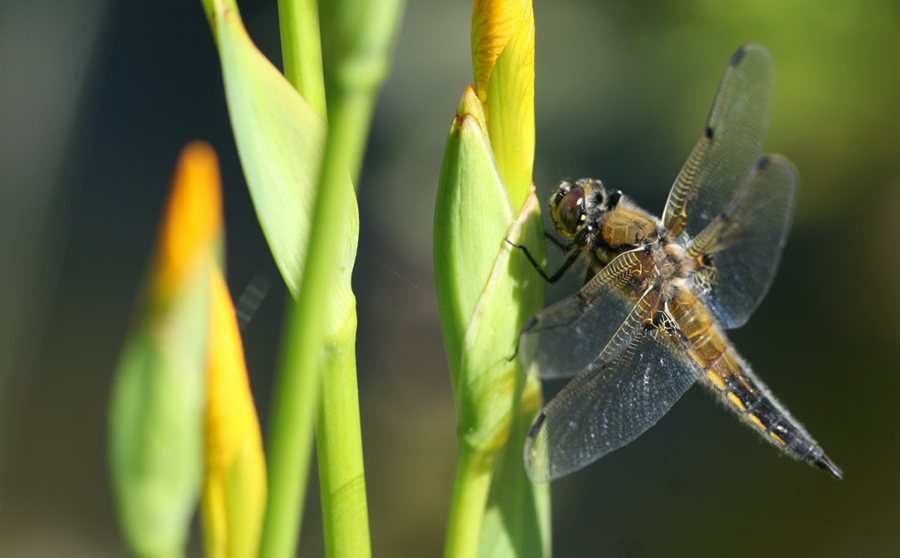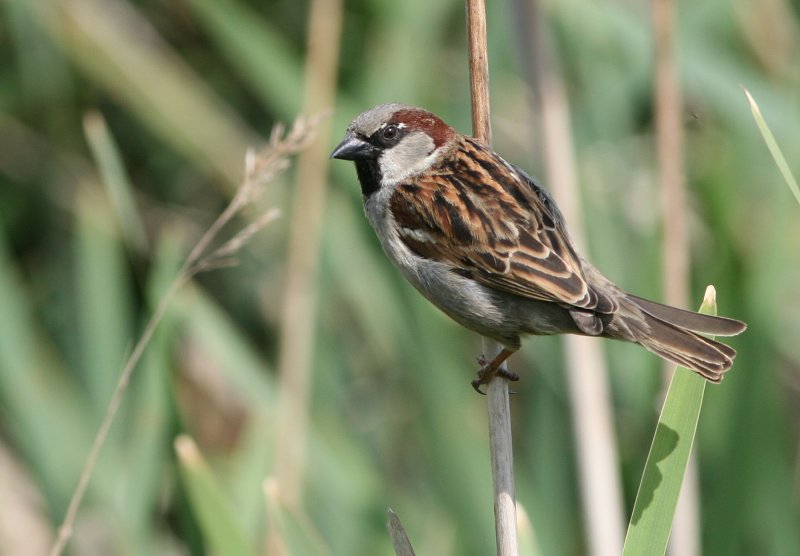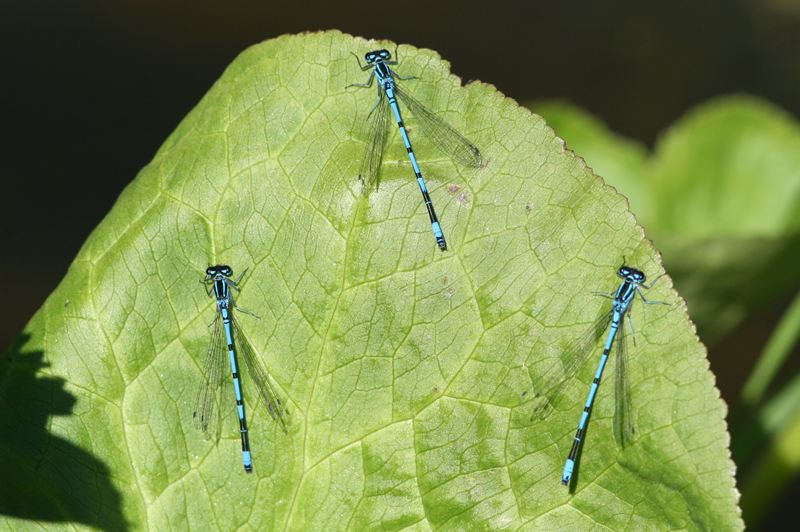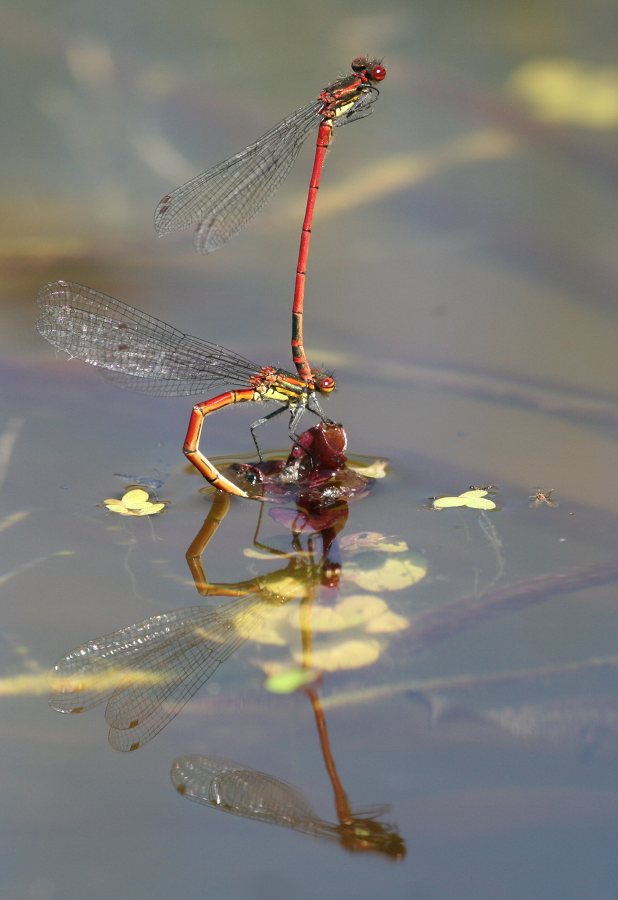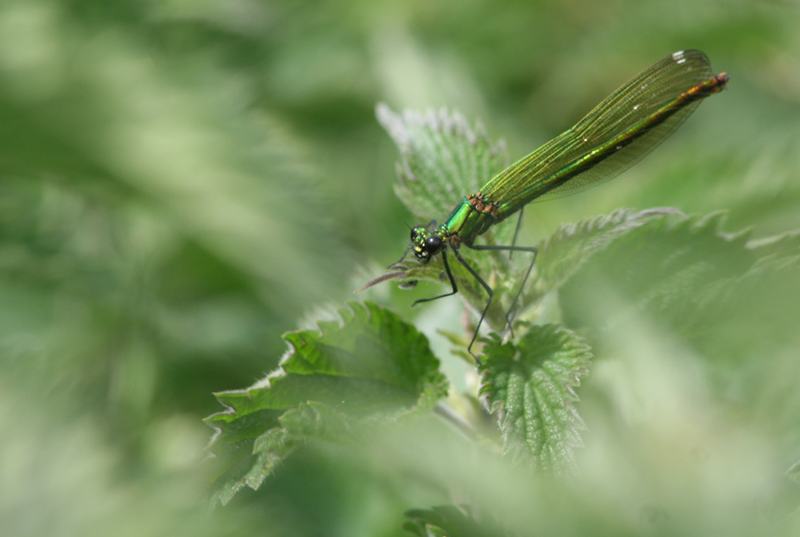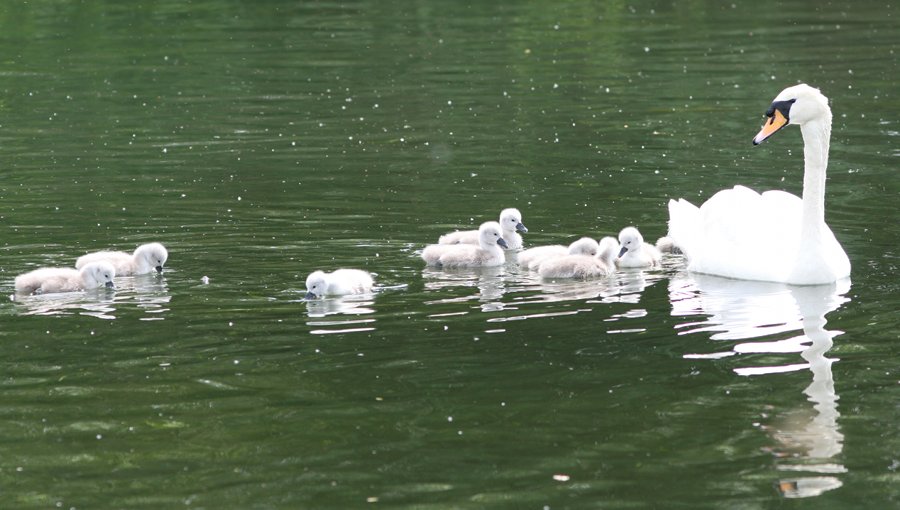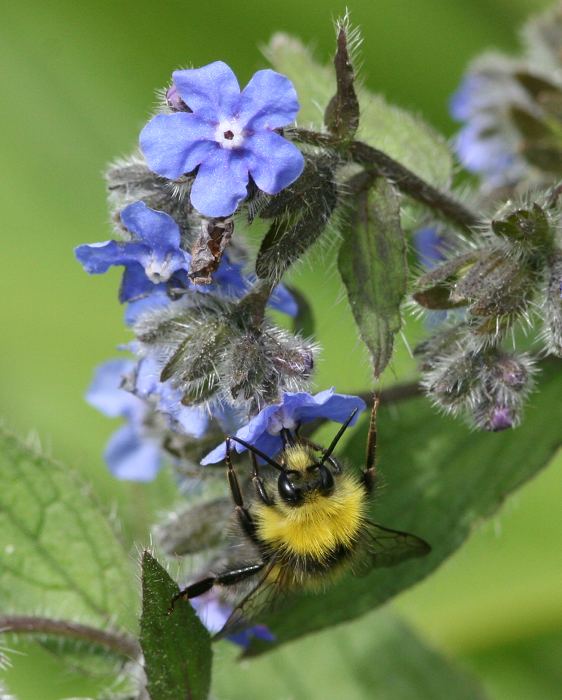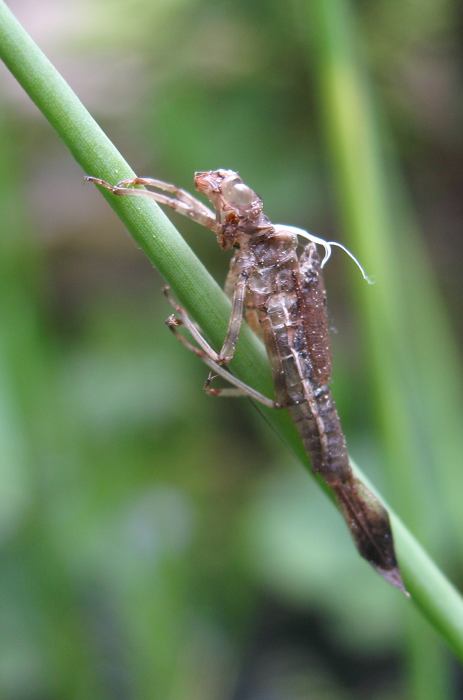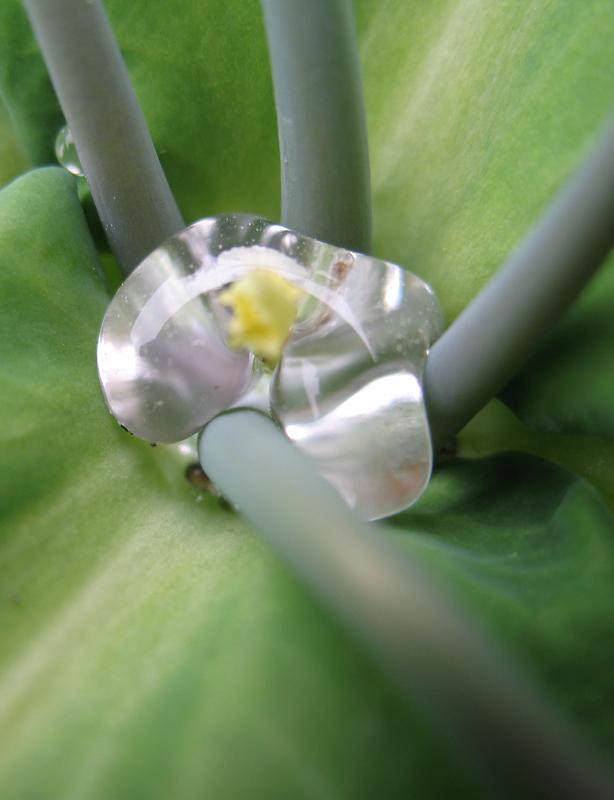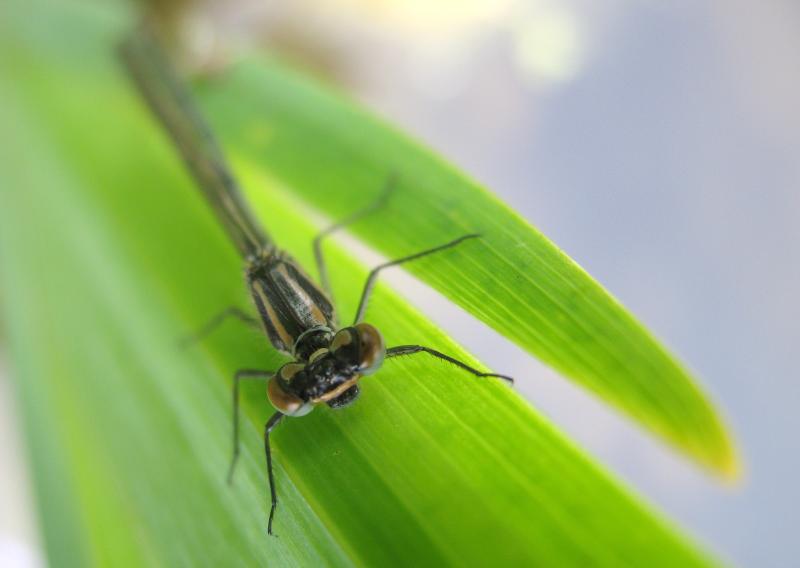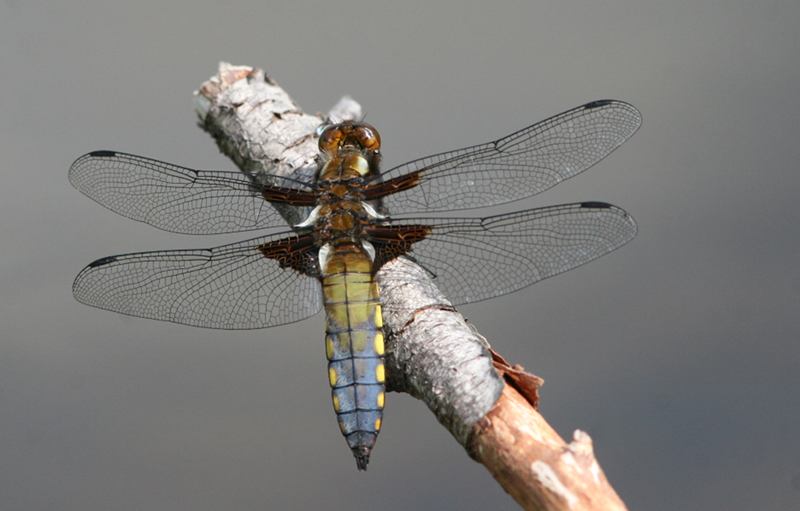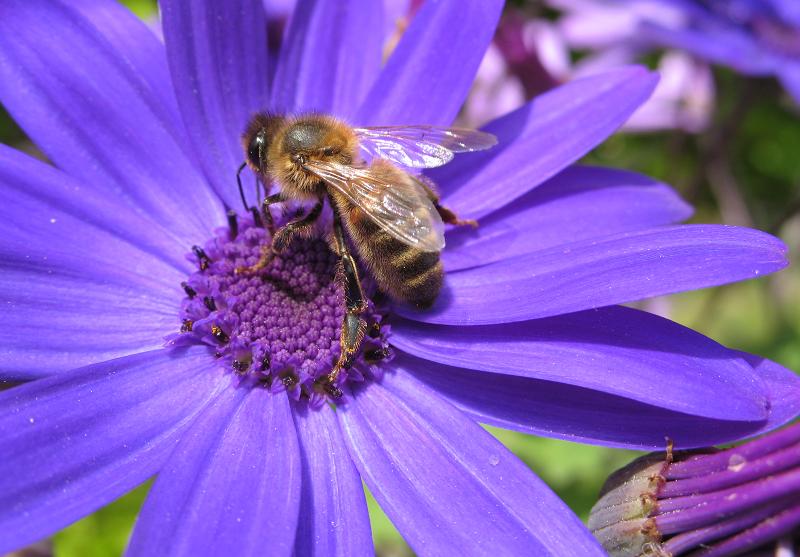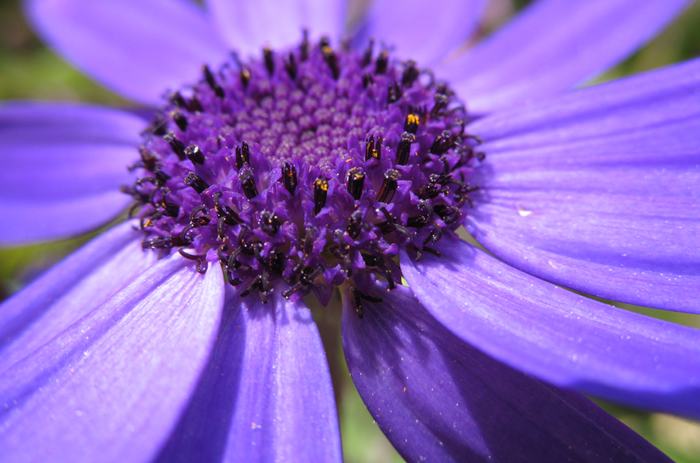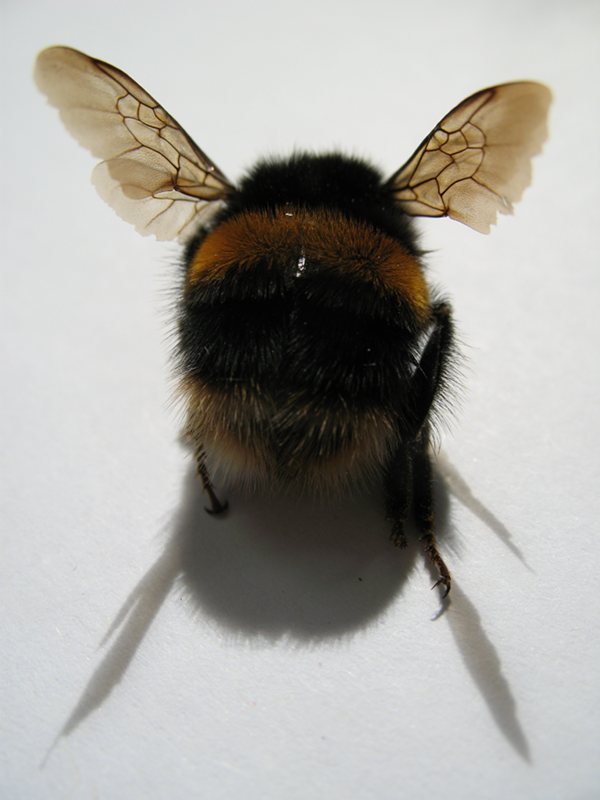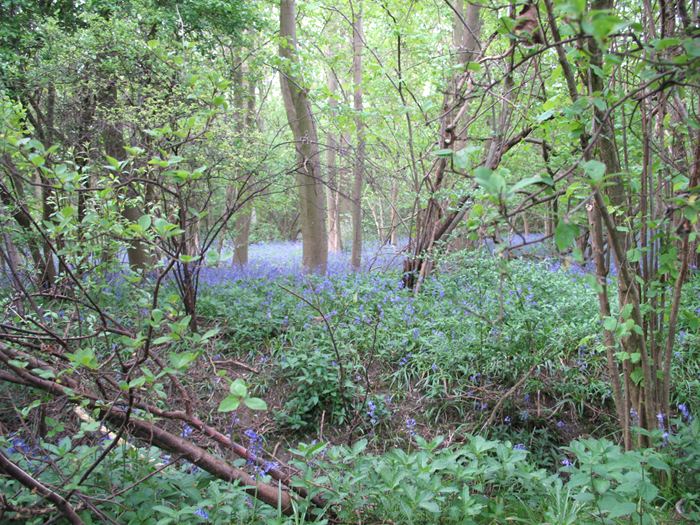
Blackcap, Robin, Wren and Mistle Thrush woz ere
In a last-ditch attempt to squeeze in my early
Breeding Bird Survey visit before the mid-May deadline (nice weather has been in short supply lately), we got up at 4.45 this morning.
It started well, with a Grey Wagtail lurking (breeding?) around the sewage works, but unfortunately it wasn't quite within the boundaries of
my square. I resisted the temptation to cheat, but never mind, it'll be in the
atlas instead.
There were plenty of Robins, Blackbirds, Wrens, Blackcaps, two Yellowhammers, a Whitethroat and Lesser Whitethroat in the first few bits of the transect. So far so good.
Transect section number 4 brought us into a pleasant pasture, which contained a horse. It came to see what we were doing, which was fine. That was perfectly OK until it tried to chew my foot, through my welly. I went off it a bit after that.
Next, two members of the landed gentry came to interrogate Darren about what were doing. I was trying to find the correct route out of the field (the footpath signs had vanished), but he'd already climbed over an electric fence. Ouch. They were concerned about the horse. Maybe they should have worried about whether it was trying to gnaw innocent passers-by.
Anyway, it was good to see that the signage below (photographed last year) is still in place, though the car has gone:
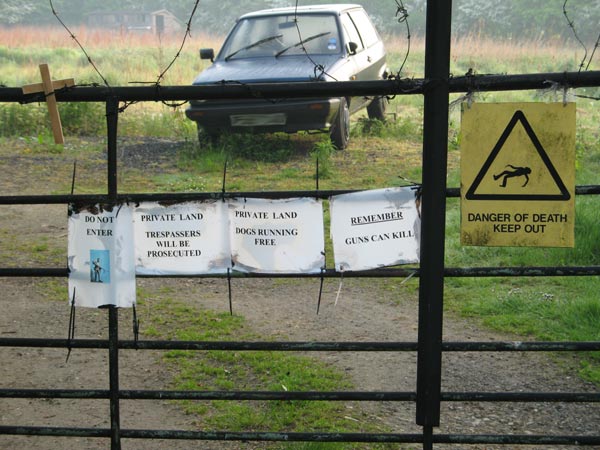
Moving on, we started the second part of the route, in the village. The contrast between the farmland and woodland, and the built-up area was striking. So many more birds, of more species! We added House Sparrow, Starling, Swallow, Swift, Goldfinch, Greenfinch, Collared Dove, Long-tailed Tit, Moorhen and Stock Dove.
The best finds of the square came late on. Walking between two tall, old hedges, it was hard to see what lay the other side. Ears are really important for surveying. 'Prrrrrrrr, prrrrrrr, prrrrrr, prrrrrrr' went the Turtle Dove. Yessss! I was really pleased with that. Turtle Doves are getting hard to find in many areas.
Then, a bit further on, a Lesser Redpoll called as it flew over. I wonder where that came from, or where it was going? Breeding hasn't been confirmed in the county since 2002...
So that was the first part of the day, until 8am.
At Sutton Village Hall, that well-known nitespot, I witnessed some of the most extraordinary, extravagent, outrageous dancing I've ever seen, and from someone I perhaps wouldn't have expected it from. 'nuff said. That was funny. I only wish I'd videoed it.
Then, I drove home. While fumbling with the door key, at just gone midnight, I heard some trilling calls. 'Wiwiwiwiwiwiwi.' 'Wiwiwiwiwiwiwi.' One slightly lower-pitched than the other. It took me a while before I twigged that they must have been Whimbrels, migrating over in the bright moonlight, calling to each other.
Garden tick number 92! Darren's gutted; he was in bed asleep.
And there ended my funny day.
photos taken with
Canon Powershot A640
